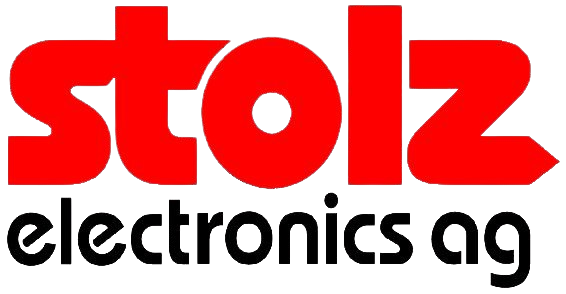News / Blog
Exploring Market Trends for Electronic Components at the 2025 Canton Fair in China
As the 138th Canton Fair approaches in 2025, the landscape for electronic components is poised for significant evolution, driven by notable market trends and technological advancements. According to recent industry reports, the global electronics components market was valued at approximately $1 trillion in 2022 and is projected to reach $1.5 trillion by 2026, reflecting a compounded annual growth rate (CAGR) of around 7.5%.
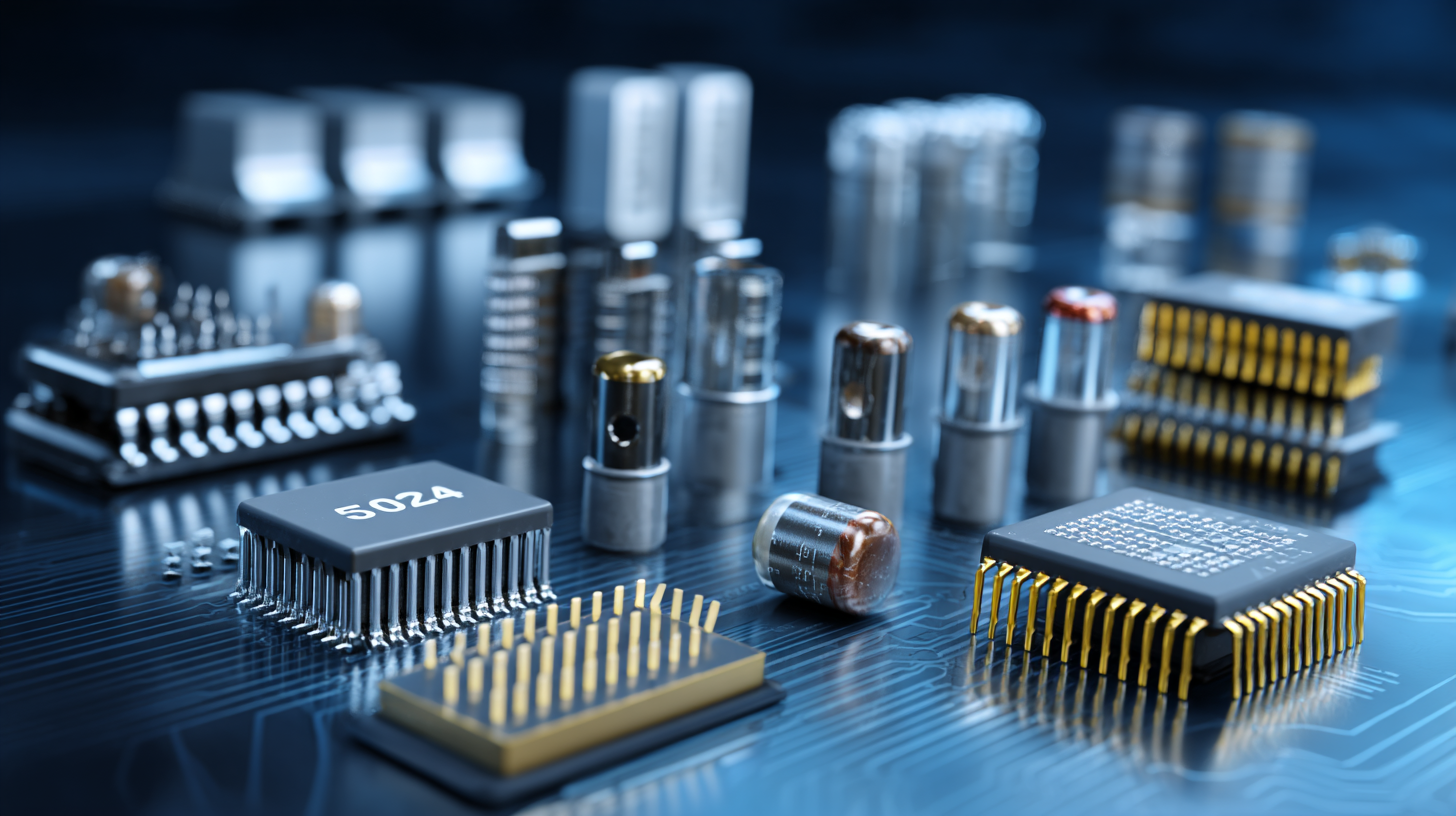 This surge is influenced by the growing demand for smart devices and IoT applications, which underscores the necessity for suppliers to optimize their electronic components website to attract global buyers. Furthermore, the integration of AI and machine learning into manufacturing processes is revolutionizing the supply chain, thereby enhancing efficiency and reducing costs. As businesses gather at the Canton Fair, understanding these trends will be essential for stakeholders aiming to tap into emerging opportunities within the electronic component sector.
This surge is influenced by the growing demand for smart devices and IoT applications, which underscores the necessity for suppliers to optimize their electronic components website to attract global buyers. Furthermore, the integration of AI and machine learning into manufacturing processes is revolutionizing the supply chain, thereby enhancing efficiency and reducing costs. As businesses gather at the Canton Fair, understanding these trends will be essential for stakeholders aiming to tap into emerging opportunities within the electronic component sector.
Market Overview: The Electronic Components Industry in 2025
The electronic components industry is poised for significant growth by 2025, particularly in the segment of inductive filters, which are essential for mitigating noise and waveform distortion within electronic circuits. These filters typically consist of a combination of inductors and capacitors, allowing for versatile applications across various electronic devices. As the demand for higher performance and reliability in electronic products continues to increase, the adoption of advanced inductive filtering technologies becomes crucial.
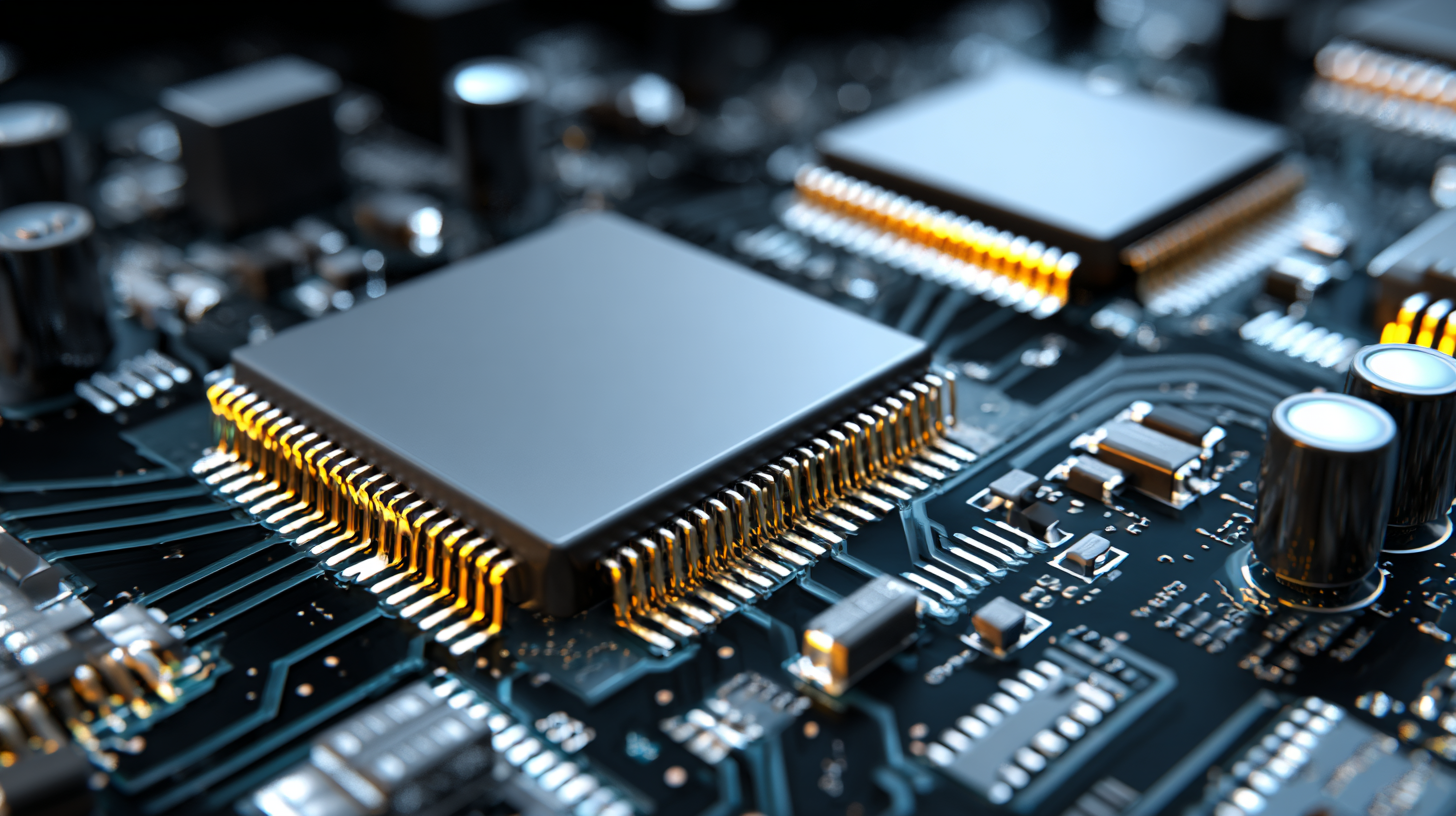
The global market for inductive components is projected to reach approximately 740 billion yuan. This growth is fueled by the rising complexities in electronic systems and the critical role that inductive filters play in maintaining signal integrity. Major industry players are exploring innovative designs and materials to enhance filter efficiency and minimize interference. The ongoing expansion of the automotive and consumer electronics sectors also promises to drive demand, as these industries integrate more sophisticated electronic functionalities that rely heavily on effective noise-filtering solutions. The 2025 Canton Fair in China will serve as an important platform for stakeholders to showcase advancements and explore market opportunities in the ever-evolving landscape of electronic components.
Key Innovations and Technologies Showcased at the Canton Fair
At the upcoming 2025 Canton Fair in China, a significant focus will be placed on the latest innovations and technologies within the electronic components industry. Exhibitors are poised to unveil groundbreaking advancements ranging from energy-efficient semiconductor devices to cutting-edge IoT solutions. These innovations not only aim to enhance device performance but also to address the growing demand for sustainable technologies within various sectors. As the industry continues to evolve, the potential for integrating artificial intelligence and machine learning into electronic components will be a hot topic among manufacturers and consumers alike.
Tips for attendees include staying abreast of the latest trends by attending keynotes and panel discussions, which often provide insights into future market directions. Furthermore, networking with industry leaders and innovators can yield valuable partnerships and collaborations. Engaging with exhibits hands-on will deepen your understanding of new products and applications, which is essential for making informed purchasing decisions. As the fair gathers various stakeholders, it presents an excellent opportunity for professionals to gather knowledge and insights that can drive their businesses forward in a rapidly changing market landscape.
Market Trends for Electronic Components at the 2025 Canton Fair
Consumer Demand Trends Influencing Electronic Component Sales
The consumer demand trends influencing electronic component sales are rapidly evolving, particularly as we approach the 2025 Canton Fair in China. Recent market analysis indicates that consumer reliance on technology continues to surge, with the global electronic components market projected to reach $500 billion by 2025, according to a report by Fortune Business Insights. This growth is driven primarily by the increasing adoption of smart home devices, automotive electronics, and renewable energy solutions, emphasizing a shift towards more sustainable and integrated technology solutions.
Additionally, the growing trend of customization in consumer electronics is reshaping how manufacturers approach product development. A study from IHS Markit found that over 60% of consumers are now looking for tailored electronic products that cater to their specific needs. This inclination for personalized devices compels manufacturers to innovate rapidly and adapt their electronic components accordingly, pushing them to attend events like the Canton Fair to network and discover the latest market insights. The fair presents an essential platform for stakeholders to gauge consumer preferences and collaborate on the future direction of electronic component designs, ultimately aligning with the dynamic trends of demand.
Regional Competitors: A Comparative Analysis of Major Players
The electronic components market is seeing significant shifts as major players gear up for the 2025 Canton Fair in China. A recent report by Market Research Future indicates that the global electronic components market is projected to reach approximately $2 trillion by 2025, driven by advancements in IoT, AI, and automotive industries. This growth calls for a keen comparative analysis of regional competitors who are vying for market share in this burgeoning industry.
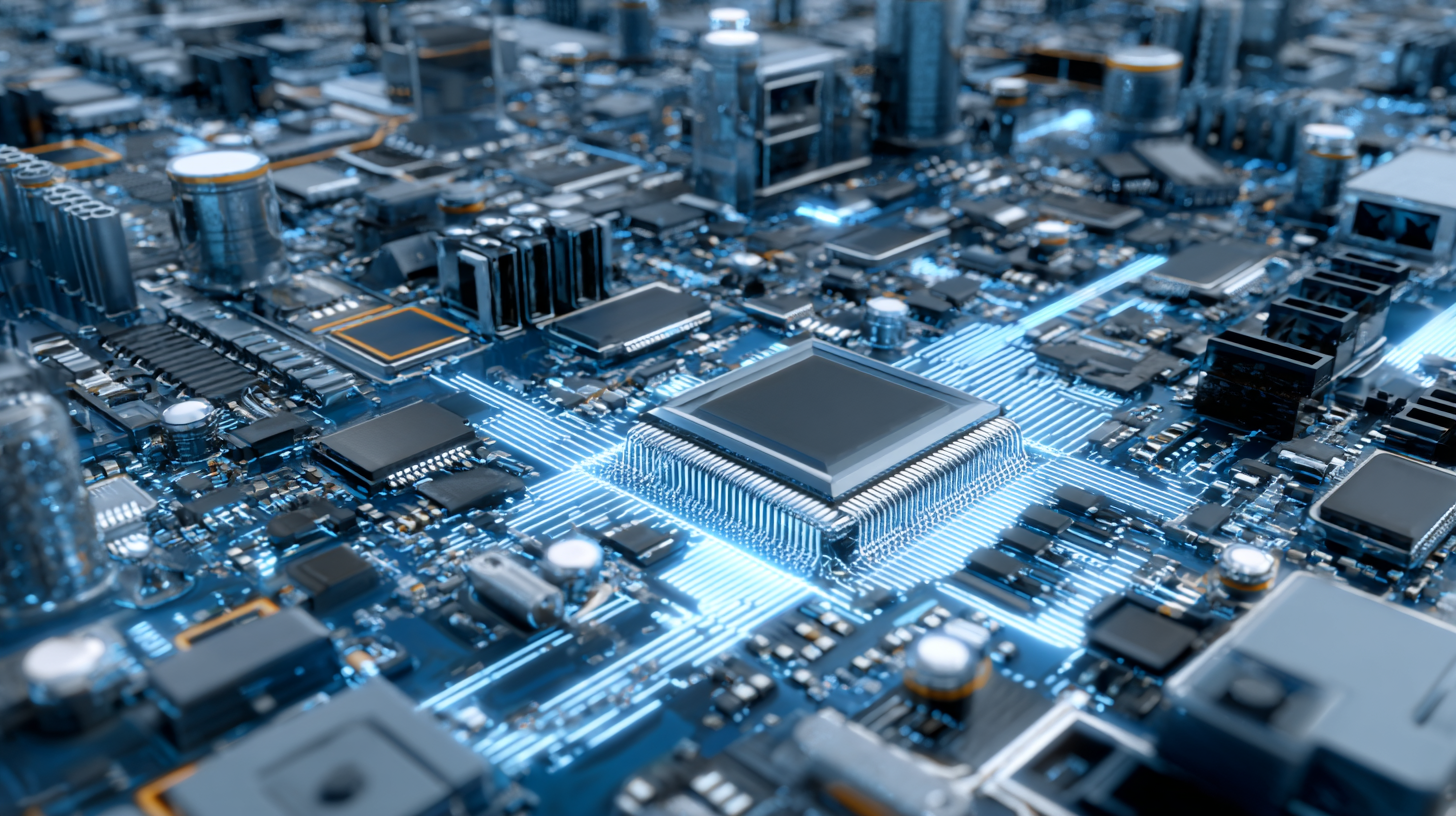
In Asia, companies like Samsung and TSMC are at the forefront, consistently innovating in semiconductor technology. According to IC Insights, these firms represent a substantial portion of the global market, with Samsung accounting for about 19% of the semiconductor sales in 2022 alone. Meanwhile, Western competitors, such as Intel and Texas Instruments, are focusing on enhancing their production capacities and expanding their portfolios to better cater to emerging sectors. A comparative analysis of these major players reveals distinct strategies; for instance, while Asian firms prioritize high-volume production with aggressive pricing, Western counterparts tend to emphasize cutting-edge innovation and niche applications. Understanding these dynamics will be crucial for stakeholders looking to navigate the competitive landscape at the upcoming Canton Fair.
Future Predictions: The Evolution of Electronic Components Market Post-Fair
The 2025 Canton Fair is set to be a pivotal event for the electronic components market, showcasing innovative technologies and emerging trends. As manufacturers and suppliers gather to display their latest products, it's essential to understand how these developments will shape the future of the industry. The interactions and collaborations formed during the fair are likely to accelerate the evolution of electronic components, driven by advancements in automation, IoT integration, and sustainable manufacturing practices.
Post-fair, we can expect a significant shift in market dynamics as companies adopt cutting-edge technologies showcased at the event. The growing demand for smart devices and renewable energy solutions will push manufacturers to innovate rapidly, leading to a more competitive landscape. Furthermore, increased emphasis on supply chain resilience and localization will redefine sourcing strategies. As the market adapts to these changes, stakeholders will need to be agile, leveraging the insights gained from the fair to navigate the complexities of the evolving electronic components ecosystem.
Exploring Market Trends for Electronic Components at the 2025 Canton Fair in China
| Category | Market Size (2025, USD Billion) | Projected Growth Rate (CAGR %) | Key Drivers |
|---|---|---|---|
| Semiconductors | 85.0 | 6.8% | 5G Expansion, IoT Demand |
| Passive Components | 35.2 | 5.5% | Electronics Miniaturization |
| Power Electronics | 40.0 | 7.0% | Renewable Energy Initiatives |
| Optoelectronic Components | 28.0 | 6.2% | LED Lighting Trends, Display Technologies |
| Embedded Systems | 25.5 | 8.1% | Automation and Smart Devices |
Related Posts
-

How to Navigate the Best Electronic Components Website for Your Project Needs
-

Why Understanding Electric Switches is Essential for Modern Homes
-
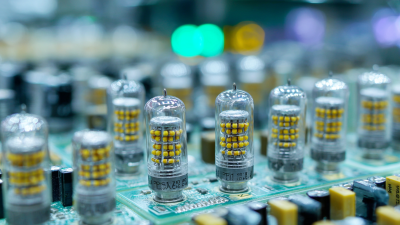
Exploring the Growth of Passive Electronic Components at the 138th Canton Fair 2025: Insights and Opportunities
-

Why Electronic Capacitors Are Essential for Modern Electronics
-
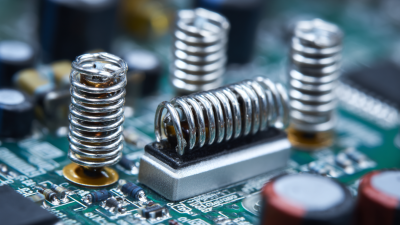
How to Optimize Electronic Resistors for Improved Circuit Performance and Reliability
